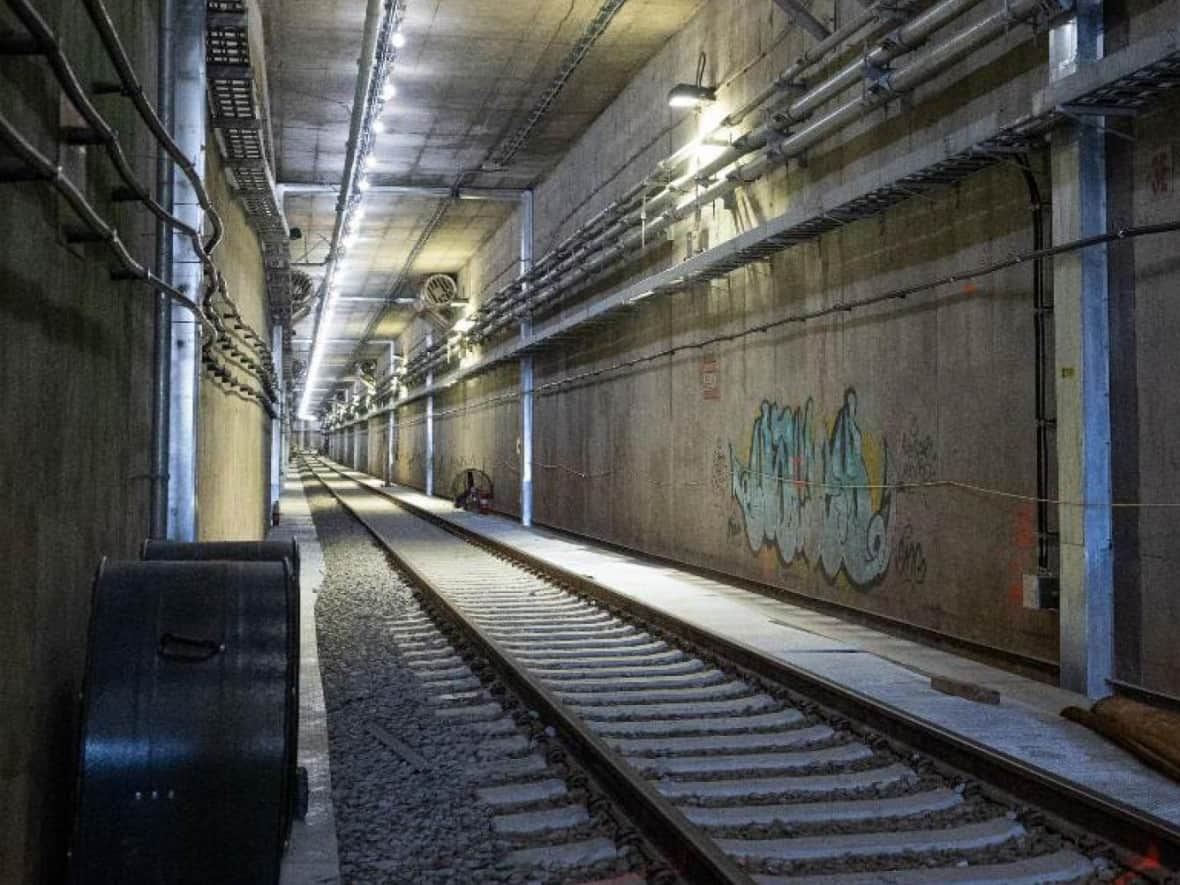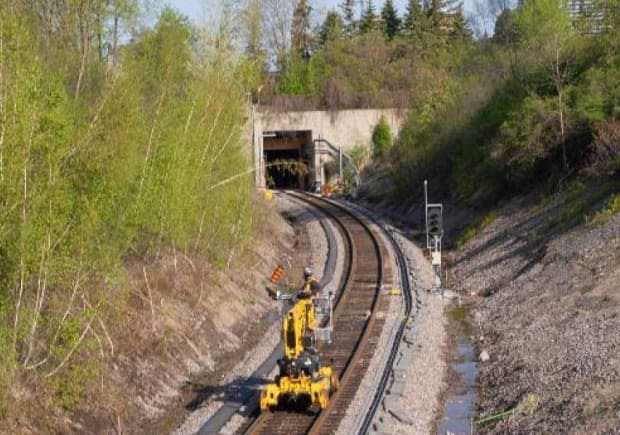Review highlights risks in new Trillium Line

An independent review has identified many risks with the City of Ottawa's north-south Trillium Line extension, from insufficient train testing in winter to simulations that mimic only short disruptions.
Some of the 47 recommendations from the review by SYSTRA Canada Inc. and RATP Dev Canada relate to how the line, set to reopen this fall, will have a single track for long sections. Not having double tracks could limit how often trains run and ridership for the long term, while possibly adding to delays if there are emergencies or incidents on the line, they suggested.
In their own report, city staff addressed many of those recommendations, or explained why they were satisfied with the work already underway by contractor TransitNEXT, which is a subsidiary of SNC-Lavalin.
On the whole, rail construction director Michael Morgan welcomed the report as an "extra set of eyes" and he didn't feel the city had missed anything.
"There's nothing to be reworked at this stage," said Morgan. He said the next step is getting full access to test the system to make sure it works as designed.
Morgan pointed out that unlike the electric Confederation Line, which opened in 2019 to a raft of problems culminating in a public inquiry, the diesel-powered Trillium Line is effectively an extension of the long reliable diesel-powered O-Train that was used for 20 years.
"We turned it off to make … the platforms longer, to make it bigger," said Morgan. "We're planning to turn it back on and we're expecting everything is going to work as it did in prior years."

Trains every 12 minutes
The original diesel O-Train line that opened in 2001 was eight kilometres long and eventually ran trains every 12 minutes. Now it's getting a 11-kilometre extension to Riverside South with a four-kilometre spur line to the airport.
The line is due to reopen sometime late this year and will still run on diesel trains, but has been designed to allow for overhead electric lines in future. Trains are still supposed to run every 12 minutes, but will be twice as long to carry more passengers.
The independent firms pointed out that if the city wants to hit projected ridership of 2,450 riders per hour in each direction in 2048, as outlined in TransitNEXT's contract, it will need to either add trains or run them more frequently than currently planned.
Ridership forecasts have been affected by the COVID-19 pandemic, staff said, but the 12-minute train frequency is also dictated by the sections of single track.

Morgan said the city might be able to shorten the wait between trains to 10 minutes by adding some track in the Walkley Road area, but frequency beyond that would come at a steep cost.
The "crux of the problem" is in the north, Morgan said, where a single track runs over various bridges, in the tunnel under Dow's Lake, or in the rock cut area under the future parking garage for the new Civic campus of The Ottawa Hospital.
"Single-track lines are difficult to operate especially if the frequency is low, as it generates a high risk of delay propagation and degradation of service quality," the experts also cautioned in their report.
The firms wrote they were "surprised" the city and contractor had mathematically modelled only short delays, and suggested simulating longer incidents, such as a sick, unconscious passenger who requires emergency responders.
Morgan said the city and its partner will go through various scenarios once it has full access to the Trillium Line in the coming months.

Winter testing
Meanwhile, concerns over winter testing have been a preoccupation since the issues first arose with the city's east-west Stage 1 Confederation Line — highlighted in the public inquiry last fall.
"The information provided to the peer reviewers regarding the new STADLER vehicle tests in an Ottawa winter environment are insufficient to provide confidence that these vehicles' performance is adequate for the intended environmental operation conditions," the firms wrote.
Morgan explained the Alstom LINT trains and gas switch heaters worked reliably in winter. The new Stadler FLIRT models had been proven to restart after being left in the cold, and the manufacturer tested their doors for a buildup of freezing rain.
OC Transpo intends to run parallel buses through the Trillium Line's first winter as a backup.
The third-party review came about after a motion from former councillor Carol Anne Meehan in October 2021, as the city was reeling from two derailments on the electric Confederation Line.
SYSTRA and RATP Dev were hired in May 2022 to review documents and conduct interviews, then submitted their report on Feb. 6.


